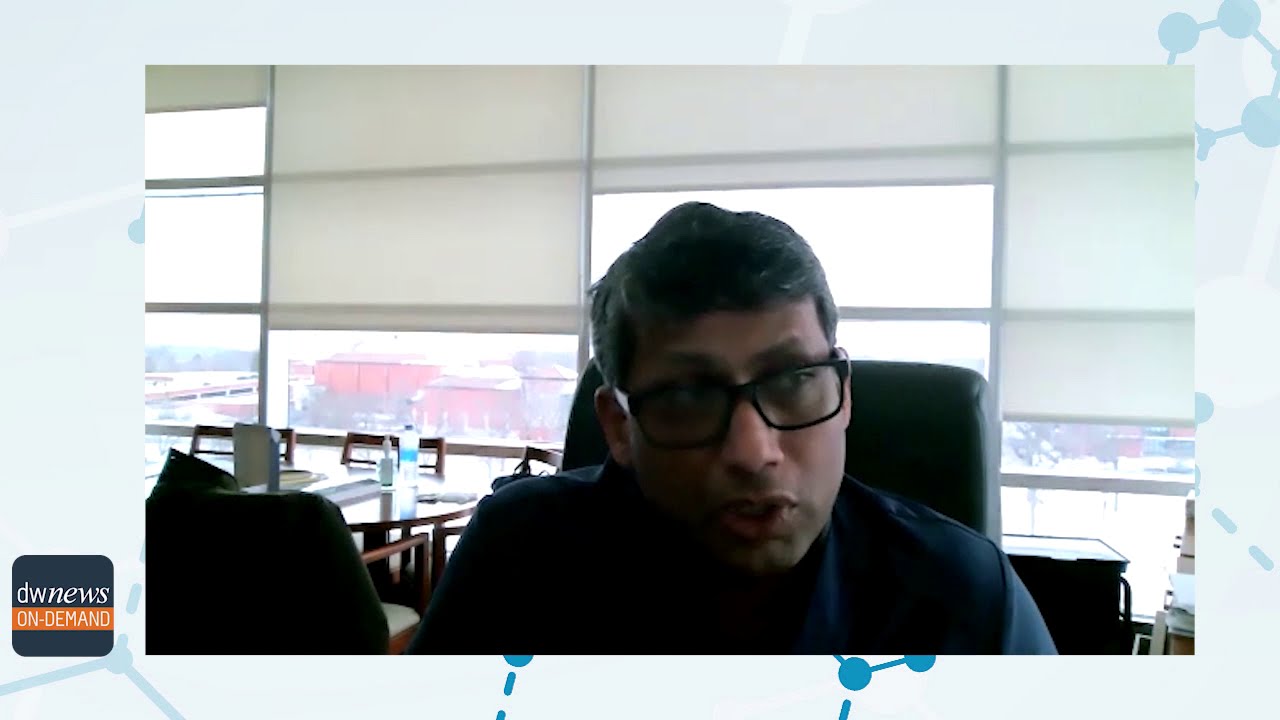
A study has found that the addition of rituximab to ixazomib, when used as maintenance therapy following autologous hematopoietic cell transplant (AHCT), is associated with myelosuppression in patients with mantle cell lymphoma (MCL).
Results of this study were presented by Jason Romancik, MD, of the Emory University – Winship Cancer Institute in Atlanta, at the 62nd American Society of Hematology Annual Meeting & Exposition.
The study enrolled adults with MCL who completed an AHCT in first partial or complete remission and remained free of progression. Patients were enrolled between 70 and 180 days after AHCT. All patients initially received ixazomib monotherapy in three different cohorts: Ixazomib was self-administered on days one, eight, and 15 of each 28-day cycle at either 2.3 mg, 3 mg, or 4 mg.
Treatment with ixazomib was continued until either disease progression, intolerance, or completion of 10 treatment cycles. The researchers then investigated a combination of ixazomib 4 mg and rituximab 375 mg/m2 administered on day one of cycles one, three, five, seven, and nine. The study’s primary objective was to assess the safety of the combination regiment and to determine the maximum tolerated dose. Secondary objectives were to assess efficacy.
A total of 12 patients received at least one treatment dose during the study, including seven who received ixazomib monotherapy and five who received the combination regimen. The overall median age of the study cohort was 58 years, and the majority (75%) were men. All patients were in complete remission at time of entry.
In the six patients who completed all 10 therapy cycles, one experienced a dose-limiting toxicity (DLT) consisting of grade 3 neutropenia, and one patient discontinued because of persistent abdominal pain unrelated to the treatment.
Of the two patients in the combination group who completed 10 cycles of therapy, both experienced DLTs consisting of grade 4 neutropenia. Additionally, one patient discontinued treatment early because of persistent grade 2 peripheral neuropathy.
Common adverse events (AEs) in all patients included abdominal pain (n=6), leukopenia (n=5), nausea (n=4), thrombocytopenia (n=4), and peripheral neuropathy (n=3). In addition, the grade 3/4 AEs included thrombocytopenia (n=1) and neutropenia (n=4). None of the patients had progression in their disease over a median follow-up period of 29.6 months.
Researchers closed the study to further enrollment because of the myelosuppression-related DLTs observed in the combination regimen. Based on their findings, the investigators of this study suggest future research should evaluate an alternative dose and schedule to reduce the risk of myelosuppression.
“The lack of early progressions is encouraging, confirming the findings from CALGB50403 that proteasome inhibition may provide therapeutic benefit in this setting,” the researchers added.







 © 2025 Mashup Media, LLC, a Formedics Property. All Rights Reserved.
© 2025 Mashup Media, LLC, a Formedics Property. All Rights Reserved.